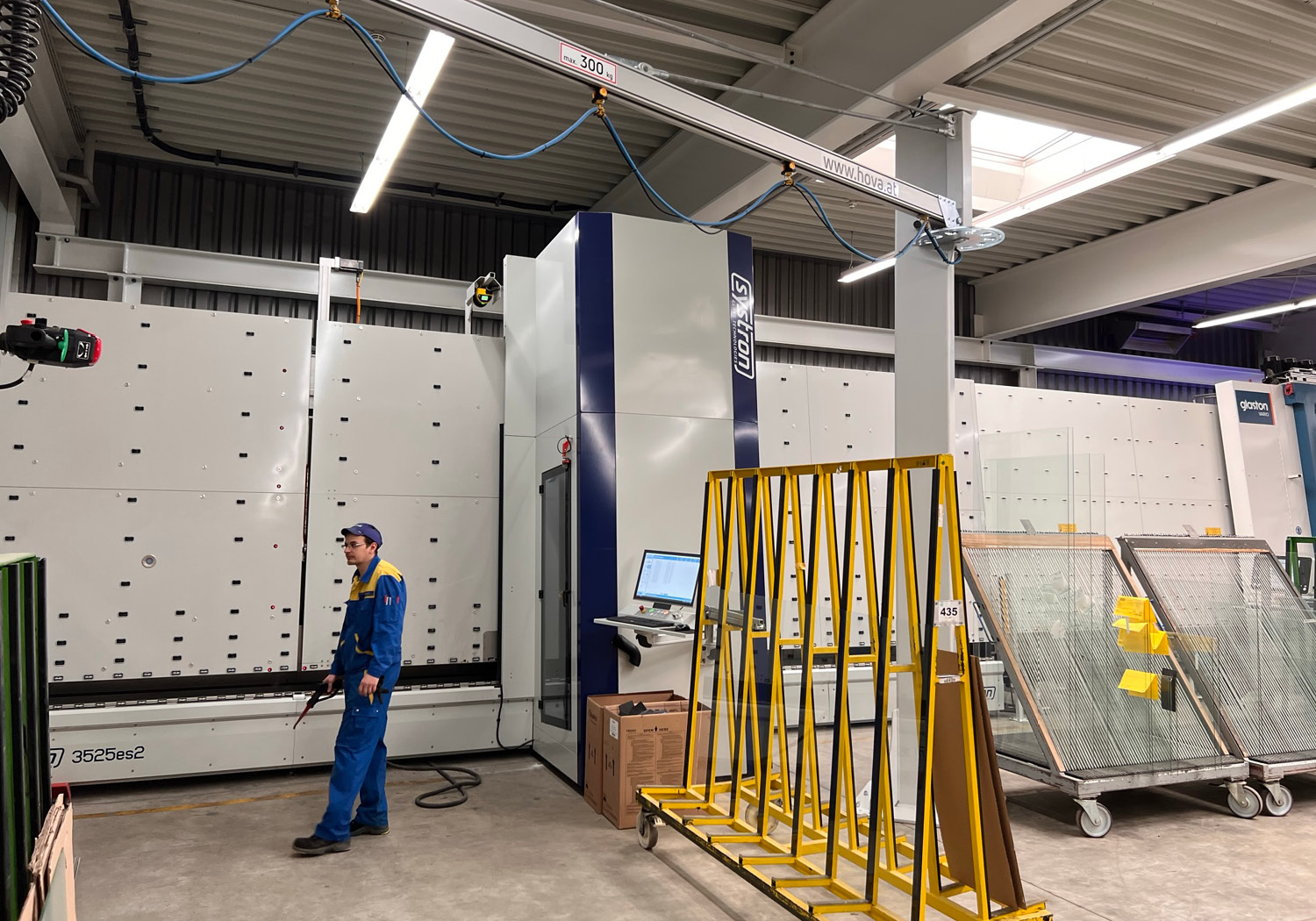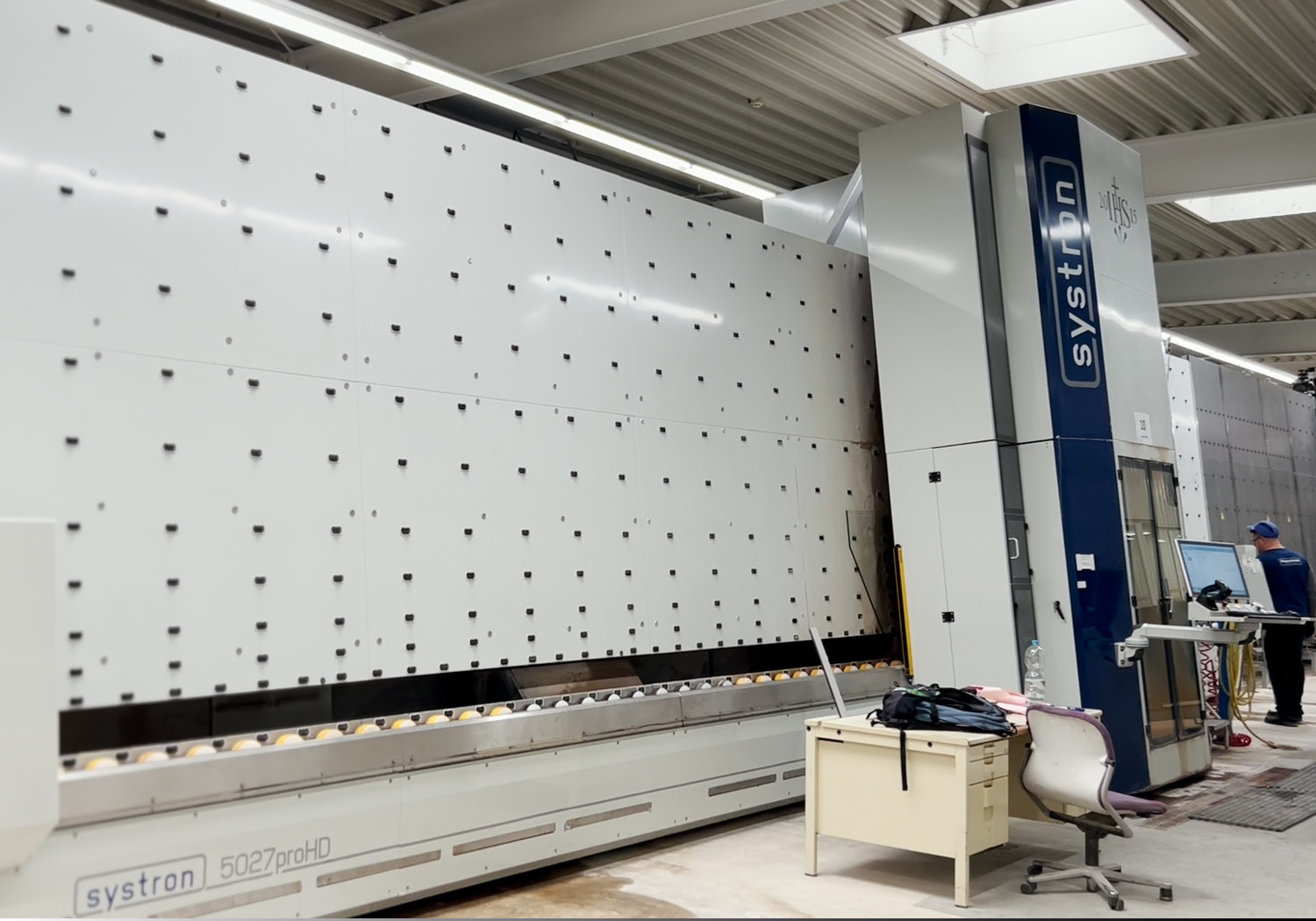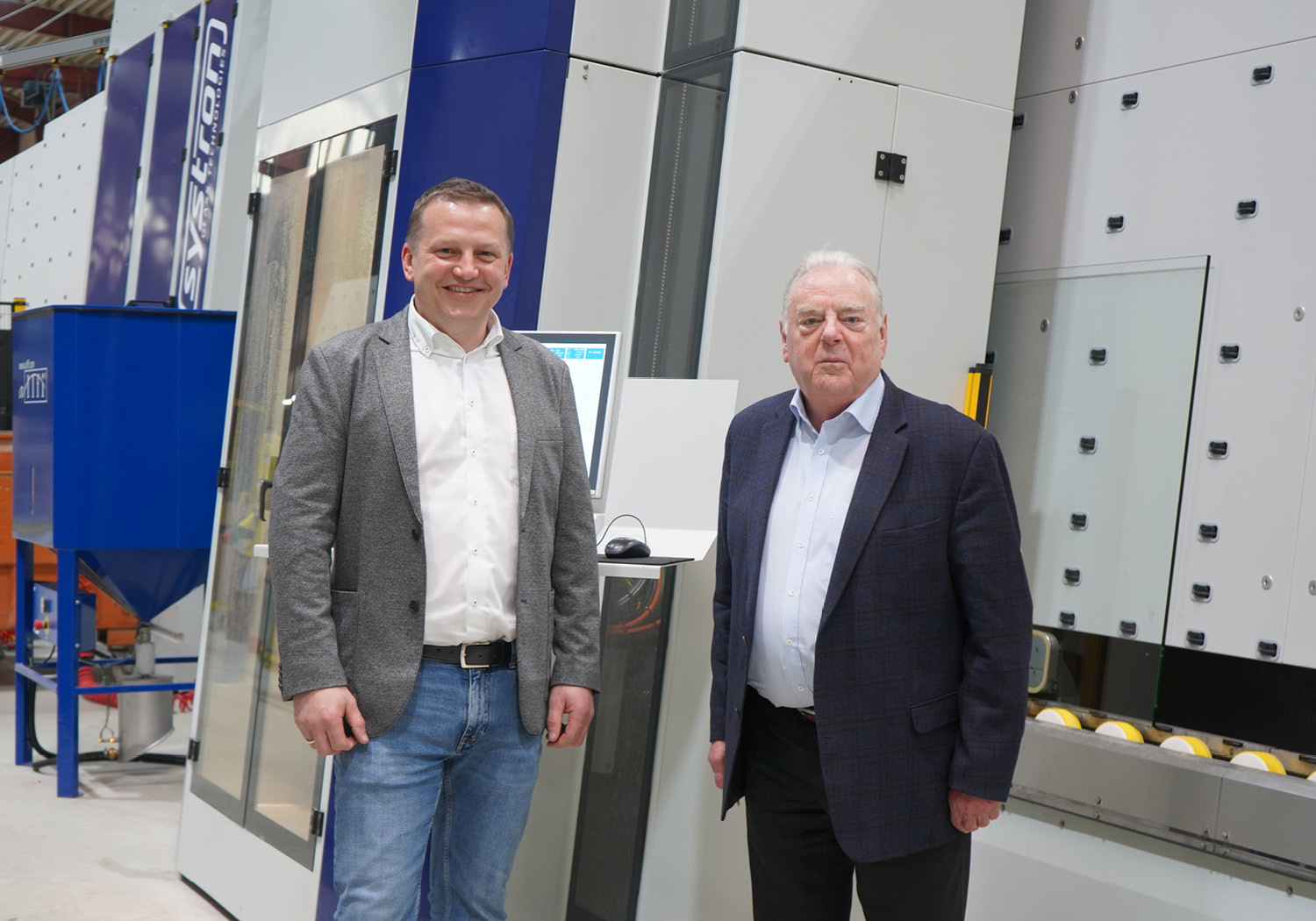Glas Gasperlmair: Special Shapes + Cut-Outs Only on systron Machines
Austria’s largest glass processor, Glas Gasperlmair, produces all special shapes with cut-outs exclusively on systron waterjet processing centres.
Seven years – seven systron glass processing lines. In 2015, Glas Gasperlmair GesmbH from Wagrain (Salzburg, Austria) invested in the very first systron proHD glass processing centre with integrated waterjet technology. Since then, a trustful cooperation started, with new machines installed every year.













